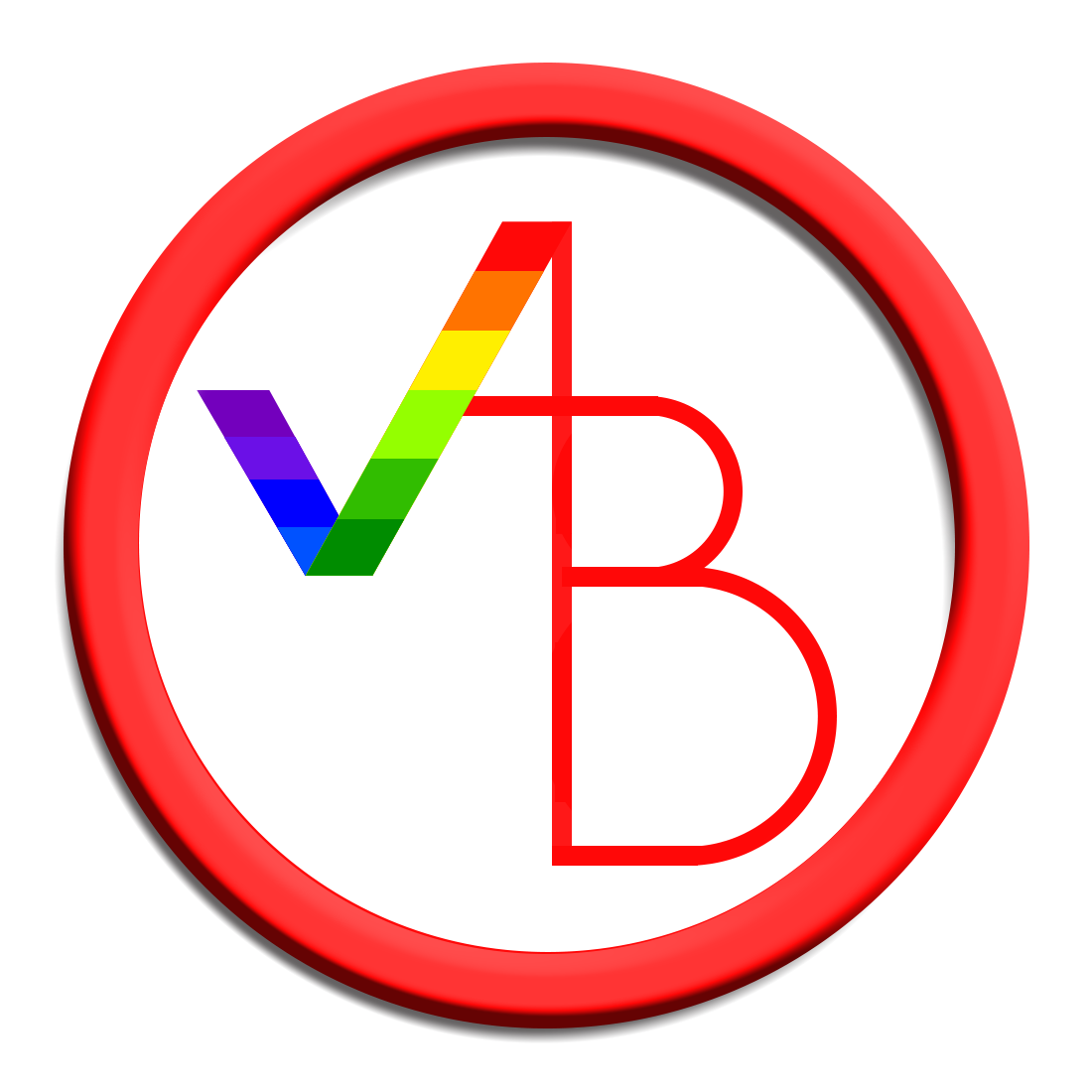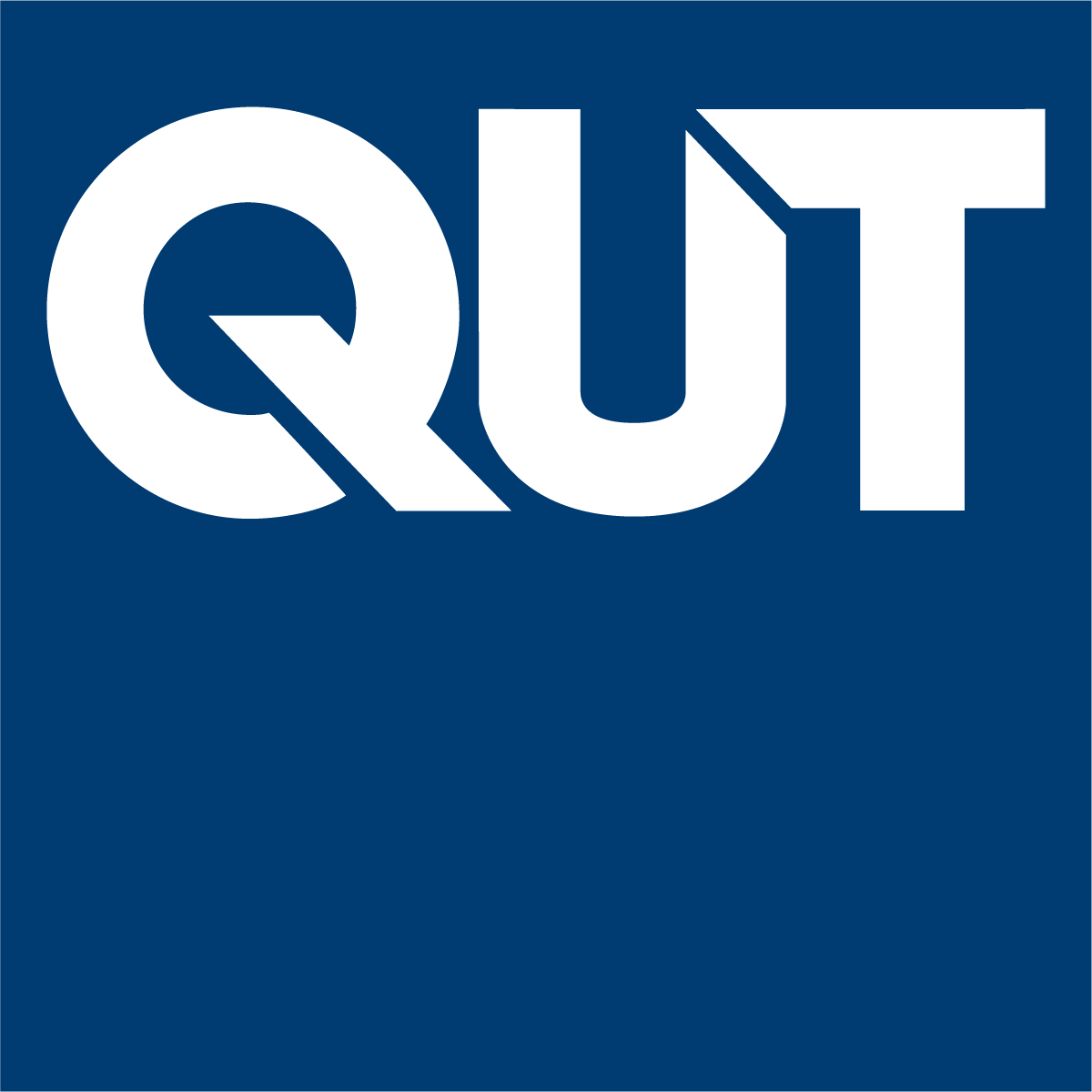Athens.
The first full day here at WebSci '09 begins with a keynote by NIgel Shadbolt, founding director of the Web Science Research Initiative (WSRI). As we're in Athens, he begins by taking the historical approach: he notes that another way to describe Web science is as 'philosophical engineering', which links back ultimately to the founding fathers of philosophy, including Socrates, Plato, and Aristotle. Their pure philosophical speculation, indeed, formed the basis not only for modern philosophy, but also for modern science.













